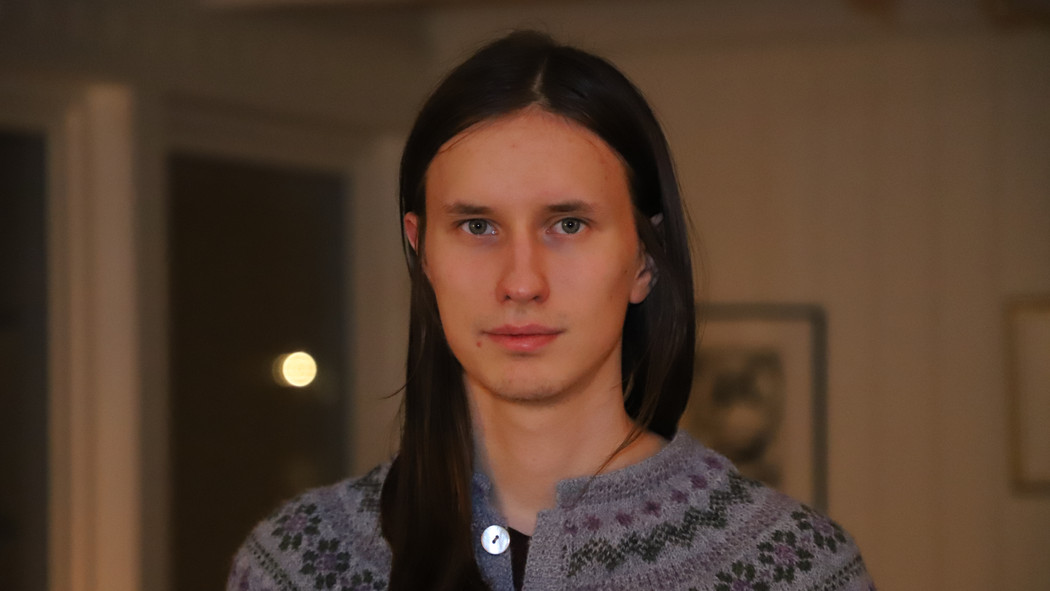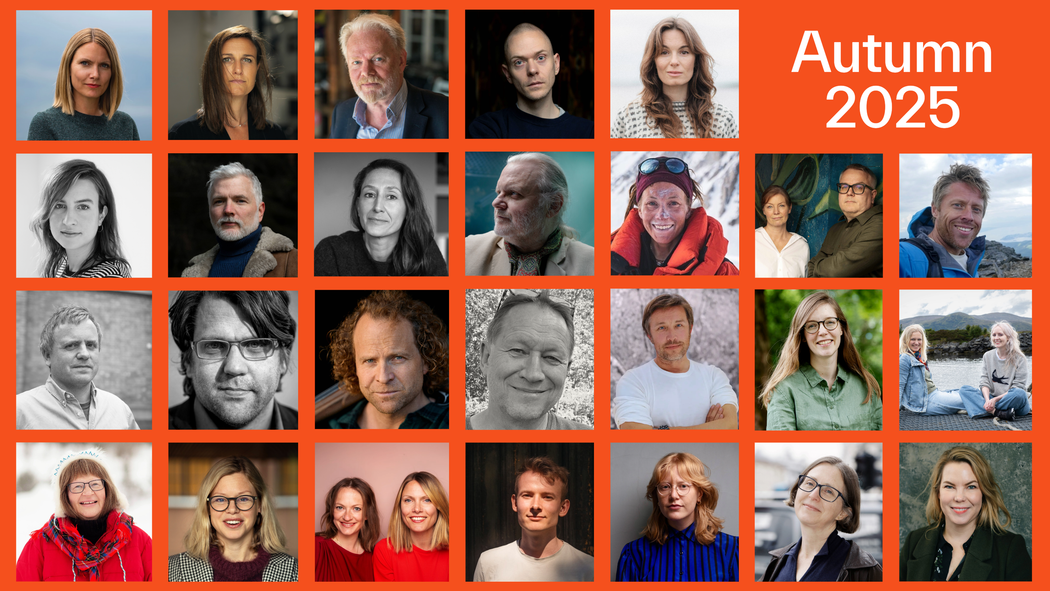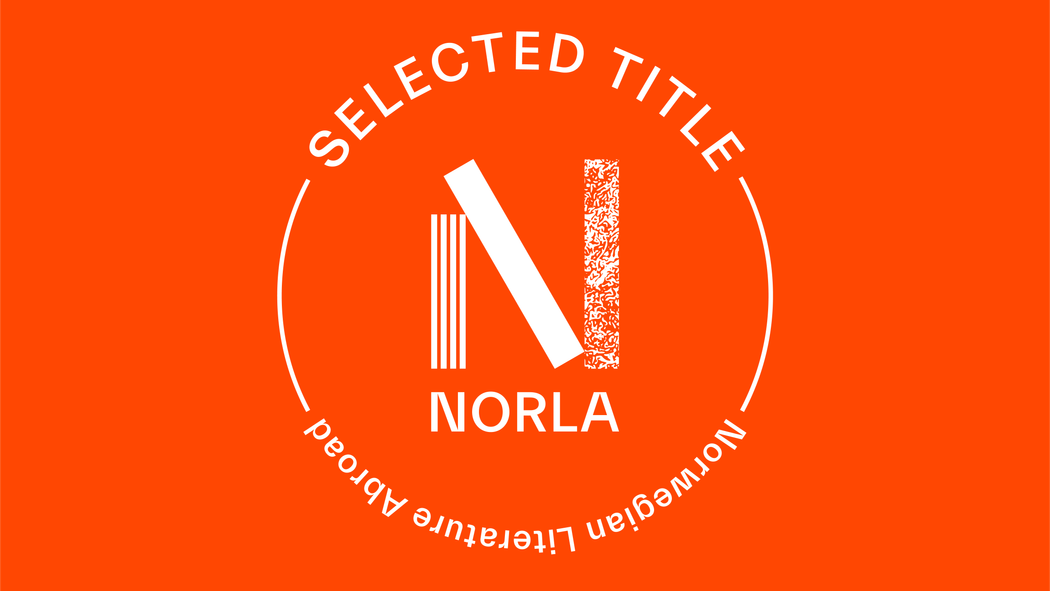Meet Anna Blix - Selected Title Author
We are happy to present our selected title author Anna Blix. She has written 40 Weeks. A Human Pregnancy and 81 Other Ways to Reproduce (original title: 40 uker. En menneskegraviditet og 81 andre måter å få barn på). The book is one of NORLA’s Selected Titles of the spring 2023.
Read our interview with Anna here.
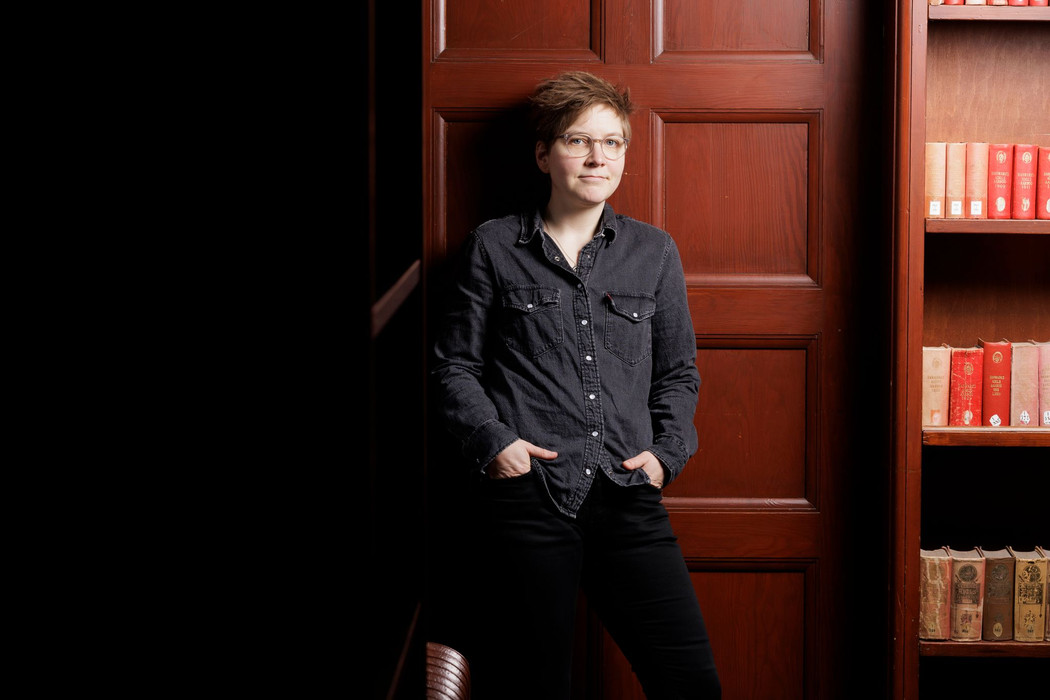
What is the book about?
This book is about the many different ways there are to reproduce and have children. Because there must be a better way than carrying an fetus – that really is just a parasite – inside your body for 40 weeks the way humans do? Throughout all of the weeks of a human pregnancy, we meet other animals who are already done with their reproduction.
The frilled anemone grows a clone from the side of its stem in a couple of weeks, the Eastern gray kangaroo gives birth in week five, and baby guinea pigs can run around and fend for themselves only a few hours after birth – which happens after a nine-week short pregnancy. Geoffroy’s tailless bat gives birth to a baby that weighs up to 45 percent of its mother’s weight after 17 weeks, the Surinam toad is pregnant on its back, the giant Pacific octopus dies of exhaustion after tending to its eggs until they hatch after 22 weeks, and the emperor scorpion looks like an inflated balloon after 37 weeks of pregnancy. In the midst of vomiting and nausea, you might find some consolation in the fact that we don’t have to give birth through a clitoris converted into a hollow pseudopenis like the spotted hyena does, or that we don’t let our young eat us alive like the African social spider.
Through getting to know the myriad other ways of having children and the reason why humans do as we do – with an embryo in our bellies that tries to take control of our bloodstream and a pregnancy that culminates in the world’s most constricted birth – the goal of the book is to give the reader a kind of evolutionary comfort in the fact that there are good reasons for doing what we do. And after all, there are species that have it much worse.
What inspired you to write this book?
When I got pregnant for the first time, I was incredibly sick. I vomited throughout my entire pregnancy and had to lie in a dark room for the entire first trimester just to be able to keep anything down. I couldn’t look at screens, couldn’t read books, and could barely even listen to the radio. As a biologist, I couldn’t understand how this could be possible. If I’d lived in a Stone Age cave or was one of the very first humans over 200,000 years ago and didn’t have any nutritional shakes, anti-nausea pills, and a welfare state that gave me sick pay, I probably would have died from being so ill. Why has “morning sickness” stuck with humans throughout our evolution? While I was pregnant, I dreamt I could lay an egg and walk away from it, or birth a bean-sized embryo that I could put in a pouch instead of my uterus. I now understand that this wouldn’t necessarily have been all that simple, either.
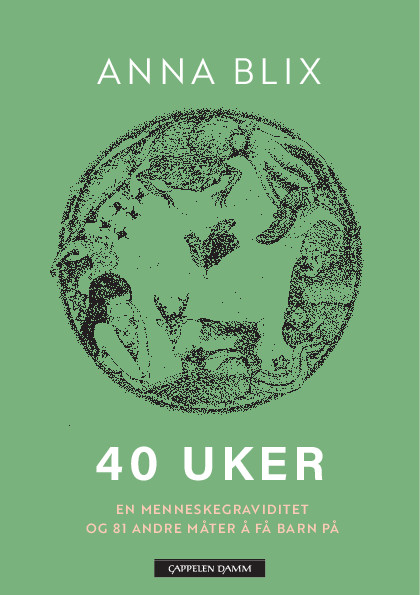
Read more
See full presentation of the book here
See all NORLA’s Selected Titles for the autumn 2022 here
